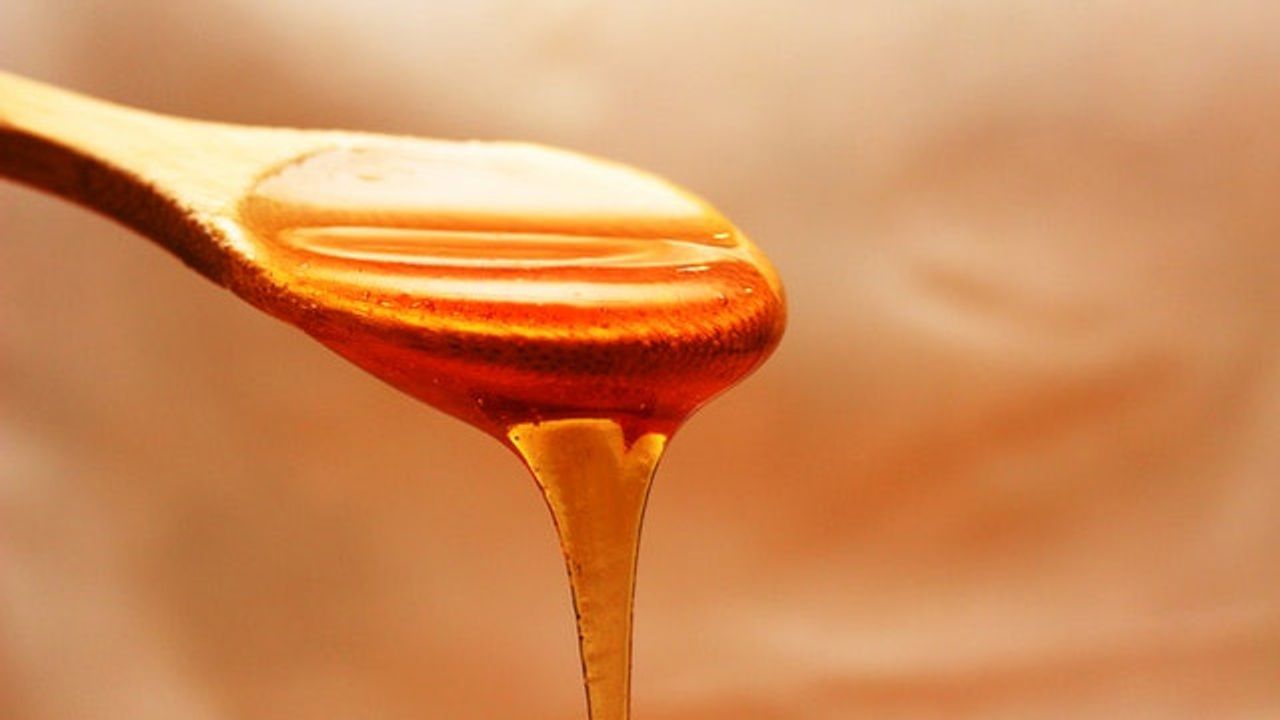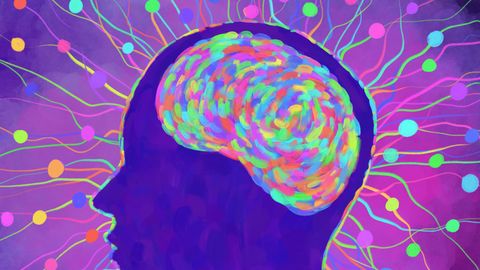
Honey: A Sweet Solution for Brain-Like Computer Chips

Honey: A Sweet Solution for Brain-Like Computer Chips
Complete the form below and we will email you a PDF version of"Honey: A Sweet Solution for Brain-Like Computer Chips"
Honey might be a sweet solution for developing environmentally friendly components for neuromorphic computers, systems designed to mimic the neurons and synapses found in the human brain.
Hailed by some as the future of computing, neuromorphic systems are much faster and use much less power than traditional computers. Washington State University engineers have demonstrated one way to make them more organic too. In a study published in物理学杂志D,the researchers show that honey can be used to make a memristor, a component similar to a transistor that can not only process but also store data in memory.
WSU的工程与计算机科学学院副教授,研究作者冯Zhao说:“这是一个非常小的设备,具有简单的结构,但与人类神经元具有非常相似的功能。”“这意味着,如果我们可以将这些蜂蜜备忘录的数百万或数十亿美元整合在一起,那么它们就可以将它们制成的神经形态系统,就像人脑一样起作用。”
在这项研究中,Zhao和第一作者Brandon Sueoka是Zhao实验室的WSU研究生,通过将蜂蜜加工成固体形式并将其夹在两个金属电极之间,从而创建了备忘录,从而使其结构类似于人类突触。然后,他们测试了蜂蜜回忆录的能力,可以模仿突触的工作,高速度分别为100和500纳秒。该备忘录还模仿了突触功能,称为峰值依赖性可塑性和峰值依赖性可塑性,这些功能负责人大脑中的学习过程并保留神经元中的新信息。
The WSU engineers created the honey memristors on a micro-scale, so they are about the size of a human hair. The research team led by Zhao plans to develop them on a nanoscale, about 1/1000 of a human hair, and bundle many millions or even billions together to make a full neuromorphic computing system.
Currently, conventional computer systems are based on what’s called the von Neumann architecture. Named after its creator, this architecture involves an input, usually from a keyboard and mouse, and an output, such as the monitor. It also has a CPU, or central processing unit, and RAM, or memory storage. Transferring data through all these mechanisms from input to processing to memory to output takes a lot of power at least compared to the human brain, Zhao said. For instance, the Fugaku supercomputer uses upwards of 28 megawatts, roughly equivalent to 28 million watts, to run while the brain uses only around 10 to 20 watts.
The human brain has more than 100 billion neurons with more than 1,000 trillion synapses, or connections, among them. Each neuron can both process and store data, which makes the brain much more efficient than a traditional computer, and developers of neuromorphic computing systems aim to mimic that structure.
包括英特尔和IBM在内的几家公司已经发布了神经形态芯片,每个芯片相当于每个芯片超过1亿个“神经元”,但这尚未接近大脑的数量。许多开发人员仍在使用当前在常规计算机芯片中使用的相同的不可再生和有毒材料。
Many researchers, including Zhao’s team, are searching for biodegradable and renewable solutions for use in this promising new type of computing. Zhao is also leading investigations into using proteins and other sugars such as those found in Aloe vera leaves in this capacity, but he sees strong potential in honey.
他说:“蜂蜜不会破坏。”“它的水分浓度很低,因此细菌无法在其中生存。这意味着这些计算机芯片将在很长一段时间内非常稳定且可靠。”
在WSU开发的蜂蜜回忆录芯片应忍受神经形态系统产生的较低水平,这些热量不如传统计算机那么热。蜂蜜备忘录也将减少电子废物。
“When we want to dispose of devices using computer chips made of honey, we can easily dissolve them in water,” he said. “Because of these special properties, honey is very useful for creating renewable and biodegradable neuromorphic systems.”
赵警告说,这也意味着,就像传统的计算机一样,用户仍然必须避免将咖啡溢出。
参考:Sueoka B, Zhao F. Memristive synaptic device based on a natural organic material—honey for spiking neural network in biodegradable neuromorphic systems.J Phys D: Appl Phys。2022; 55(22):225105。doi:10.1088/1361-6463/ac585b
本文已从以下内容重新发布materials。注意:材料可能已被编辑有关长度和内容。有关更多信息,请联系引用的来源。




